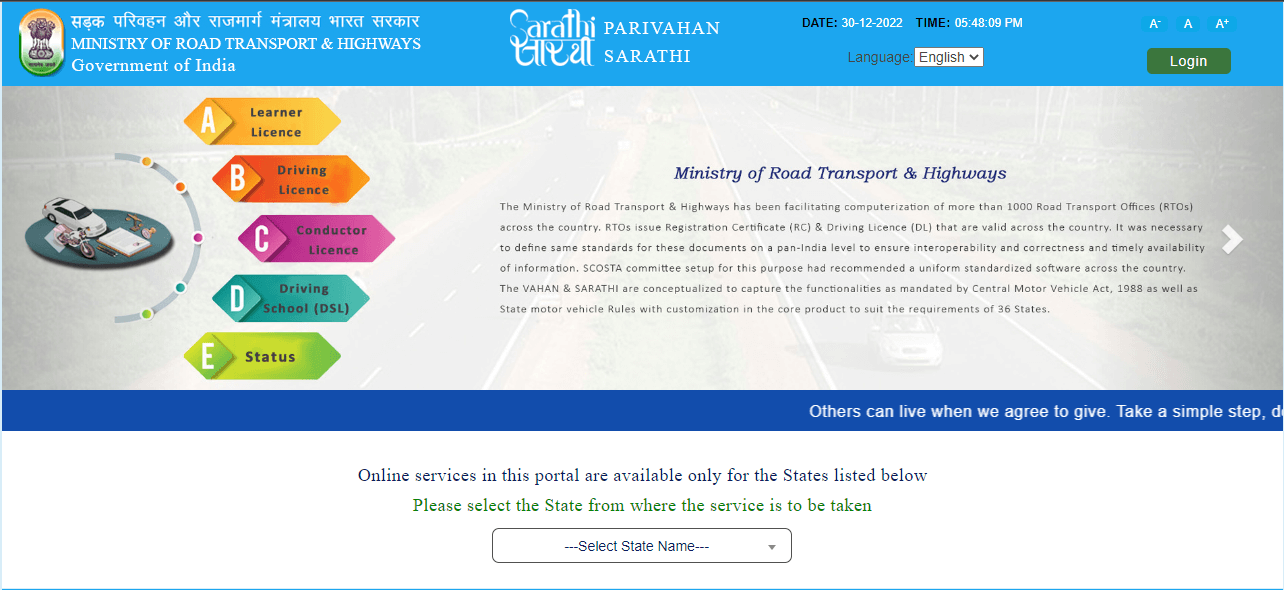Look into Incident Management, addressing immediate disruptions, and Problem Management, focused on root causes, for a holistic approach to organisational stability.
Introduction
On the surface, ‘problem management’ and ‘incident management’ may seem interchangeable, both representing negative impacts on a firm. Yet, when it comes to IT, they diverge with distinct purposes. Incidents are isolated events, swiftly addressed through Incident Management. For example, a flat tyre is an incident, promptly resolved to restore functionality.
However, if such incidents become recurrent, they transform into problems, prompting Problem Management to uncover root causes. In the analogy of a fleet manager, this shift would entail investigating underlying issues causing frequent flat tyres, akin to IT’s quest to resolve systemic problems. Non-IT stakeholders must discern these nuances to communicate effectively with IT teams, ensuring prompt and accurate issue resolution.
This blog deals with the intricacies of Problem and Incident Management, shedding light on their distinctions for a comprehensive understanding. Keep reading to see deeper into this crucial aspect of organisational resilience.
What Is Incident Management?
Let us start with Incident Management. Its mission is to restore service operations as soon as possible while minimising service degradation or an outage impact.
The IT help desk is responsible for troubleshooting individual requests, often with a workaround instead of a genuine fix. The actions related to Incident Management are concerned mainly with capturing event facts, classifying and investigating the incident, and finally resolving it.
Many incidents in corporate ecosystems are IT-oriented and must be addressed by the right parties. Whether an IT company adheres to ITIL or not, there’s nearly always a function or a role in charge of incident management, whether it’s a group of 200 or just two. The KPIs (key performance indicators) and objectives for Incident Management are simple:
- Sort out the incident as soon as possible.
- Keep the incident’s importance in mind.
- Consider the expense of the resolution.
- Throughout the procedure, gauge the degree of satisfaction of the users.
- Results may be measured using discrete metrics like Cost Per Contact, Customer Satisfaction, and First Contact Resolution.
IT units might be forced to enter Problem Management mode if an incident doesn’t appear to be secluded.
What Is Problem Management?
The purpose of Problem Management is to reduce the negative effect of incidents caused by infrastructure mistakes and avoid the recurrence of such failures. Problem Management operations are concerned mainly with why the incident happened in the first place, as well as detecting and recording recognised mistakes.
In contrast to Incident Management, there’s usually never a function or role responsible for problem management (it goes above the IT help desk, which focuses heavily on Incident Management). There’s also a lack of clarity about key performance and objective indicators. Enterprises must go out of their way to adopt Problem Management, assign personnel to work, and establish the desired outputs and KPIs that are most appropriate for their firm.
What Does it Require to Fix an Incident?
As previously said, every firm should have a team or a few people committed to Incident Management and resolution. Incidents might not be addressed promptly, consistently, or efficiently if dedicated owners are not assigned. Aside from having a unit in place, there exist a few critical components to prosperous Incident Management, especially when dealing with operational and IT incidents. The following conditions must be met for Incident Management to be effective:
- Continuous development in error and problem management.
- A tiered assistance framework in which the team is aware of Tier 1 and 2 escalations.
- A Continuous Service Improvement programme that assesses effectiveness and efficiency using key performance indicators linked with company objectives and goals.
- Clear and established responsibilities and roles within IT In terms of intended objectives.
What Does It Require in Fixing a Problem?
Incorporating assets, knowledge, and change brings value to the process of Incident Management and, as a result, to the company. So, why is there such a significant drop-off in the problem-solving procedure?
According to reports, just 44% of IT firms have implemented the process of Problem Management, and only 22% have a designated problem manager.
We feel that a lack of knowledge of why Problem Management is vital to the business is to blame for the low adoption rates, which impacts the alignment of responsibilities and roles connected with the procedure. There is also an overdependence on technology, which produces problem records and allows proprietorship but cannot motivate humans to investigate underlying causes, find workarounds, and offer alternatives.
That is the difficulty with Problem Management. To create successful Problem Management procedures, IT should first establish why the process is essential to them and then assign resources and responsibilities accordingly. At the very least, IT executives should use the same level of rigour that they do with Incident Management.
A leader of Problem Management must ensure the following:
- Errors and problems are categorised and detected regularly.
- Workarounds are lodged and shared with the incidence management team.
- KPIs for the problem management procedure are meaningful and well-defined.
- Clear and stated responsibilities and roles in terms of intended objectives.
Need for Knowledge Base in ITSM
Crafting a comprehensive knowledge management system is indispensable for any IT service desk, acting as a centralised hub brimming with self-help resources, troubleshooting guides, and internal best practices.
A well-structured, easily searchable knowledge base empowers users to navigate relevant articles independently, diminishing reliance on IT support and expediting issue resolution. When selecting an ITSM solution featuring a knowledge base, prioritise user-friendly interfaces, effortless personalisation sans coding, and collaborative functionalities for optimal efficiency.
Asset and Configuration Management also plays pivotal roles in upholding a stable and secure IT environment. When considering service desk software, emphasise robust asset and configuration management functionalities. Look for features like asset discovery, inventory management, license tracking, and configuration item relationships to efficiently monitor hardware, software, and other IT assets throughout their lifecycle. Accurate and up-to-date information aids in informed decision-making, optimises resource allocation, and mitigates the risks associated with unauthorized or non-compliant changes. Choosing a solution that aligns with these criteria ensures a seamless and secure IT infrastructure for your business.
Conclusion
The fundamental distinction between Problem Management and Incident Management in the context of SLA is the ultimate end objective. It’s critical to remember that the purpose of Incident Management is to settle an incident as soon as possible while reducing negative effects. Support units can then proceed into Problem Management to avoid such occurrences from occurring again by labelling the underlying root cause.
Understanding the distinction between an OLA Problem and an Incident may help business managers and owners communicate effectively with IT support and set reasonable expectations for results. If you have any queries reach out to Vakilsearch.
Read more:-










